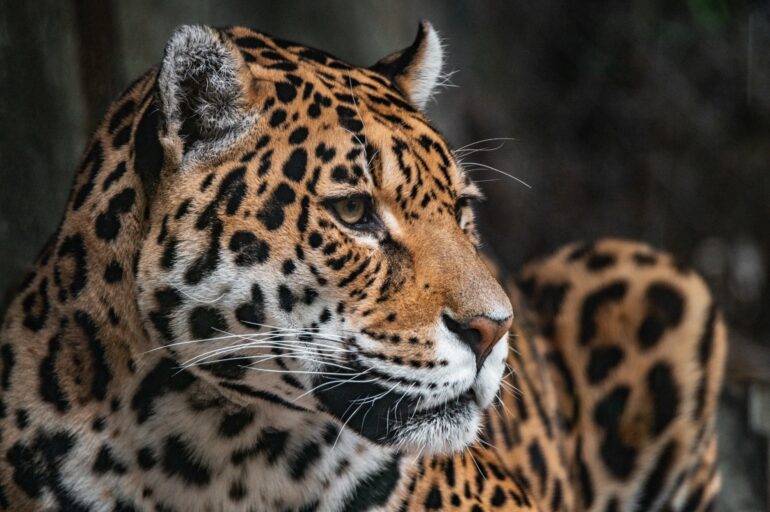Nottingham Trent University research revealed how carnivores became significantly more active and engaged more with their enclosures when given additional enrichment such as different types of feeding, new structures, the introduction of manipulable objects and techniques to trigger their smell senses.
Carnivores are often seen as challenging to maintain with good welfare in zoos; they sometimes appear susceptible to behaviors indicative of poor welfare such as pacing and some species show poor reproduction in captivity.
The team is the first to look at positive behaviors across multiple species of zoo-housed carnivores when they receive enrichment which is not part of their routine management and care.
The researchers analyzed data from previous studies, looking at the behavior across dozens of species of carnivore and more than 200 individual animals.
The researchers found that when animals were given additional enrichment, their time spent being active increased significantly, from a quarter more to as much as four times their baseline level. The study, which also involved Harper Adams University, the University of Bolton and the University of Łódź in Poland, is published in the journal Applied Animal Behavior Science.
Brown fur seals, Australian sealions and jaguar were among the most active when provided with additional enrichment, the study showed.
Similarly, engagement with enclosures, such as foraging, scratching and climbing, increased with the provision of additional enrichment—most significantly for sealions, spectacled bears and fishing cats.
With the right enrichment, polar bears and Eurasian lynx became more playful as they got older, the researchers found, while red foxes and brown bears became more active with age.
Activity, play and interaction with the environment are all considered to be measures of positive welfare in zoo-housed species.
The researchers suggest that based on this research, there is no reason why any species of carnivore should not experience positive welfare in zoos.
Previously much of the focus has been on the potential negative behaviors of zoo-housed animals and the team suggests that for a holistic view it’s crucial that future research encompasses positive and negative states which may be linked to zoo animal welfare.
“Zoos have shown significant advancements in welfare provisioning in recent years and recognize the need for monitoring and improving welfare” said lead researcher Dr. Samantha Ward, a scientist in Nottingham Trent University’s School of Animal, Rural and Environmental Sciences.
“This is the first study to quantify positive behaviors in zoo-housed carnivores and shows that positive welfare can be achieved if the appropriate husbandry is provided.”
“It provides a strong message about the importance and effectiveness of environmental enrichment not only in reducing negative or unwanted behaviors in zoo-housed carnivores, but also in promoting positive behaviors and optimizing animal welfare.
“It is important to assess animal behavior using positive and negative indicators for a more informed view of the viability of zoos in optimizing the welfare of carnivores. This will help us to more reliably track progress in welfare.”
More information:
Samantha J. Ward et al, Enrichment and animal age, not biological variables, predict positive welfare indicators in zoo-housed carnivores, Applied Animal Behaviour Science (2023). DOI: 10.1016/j.applanim.2023.106006
Provided by
Nottingham Trent University
Citation:
Zoo-housed carnivores react positively to novel improvements to their enclosures, study suggests (2023, December 12)



